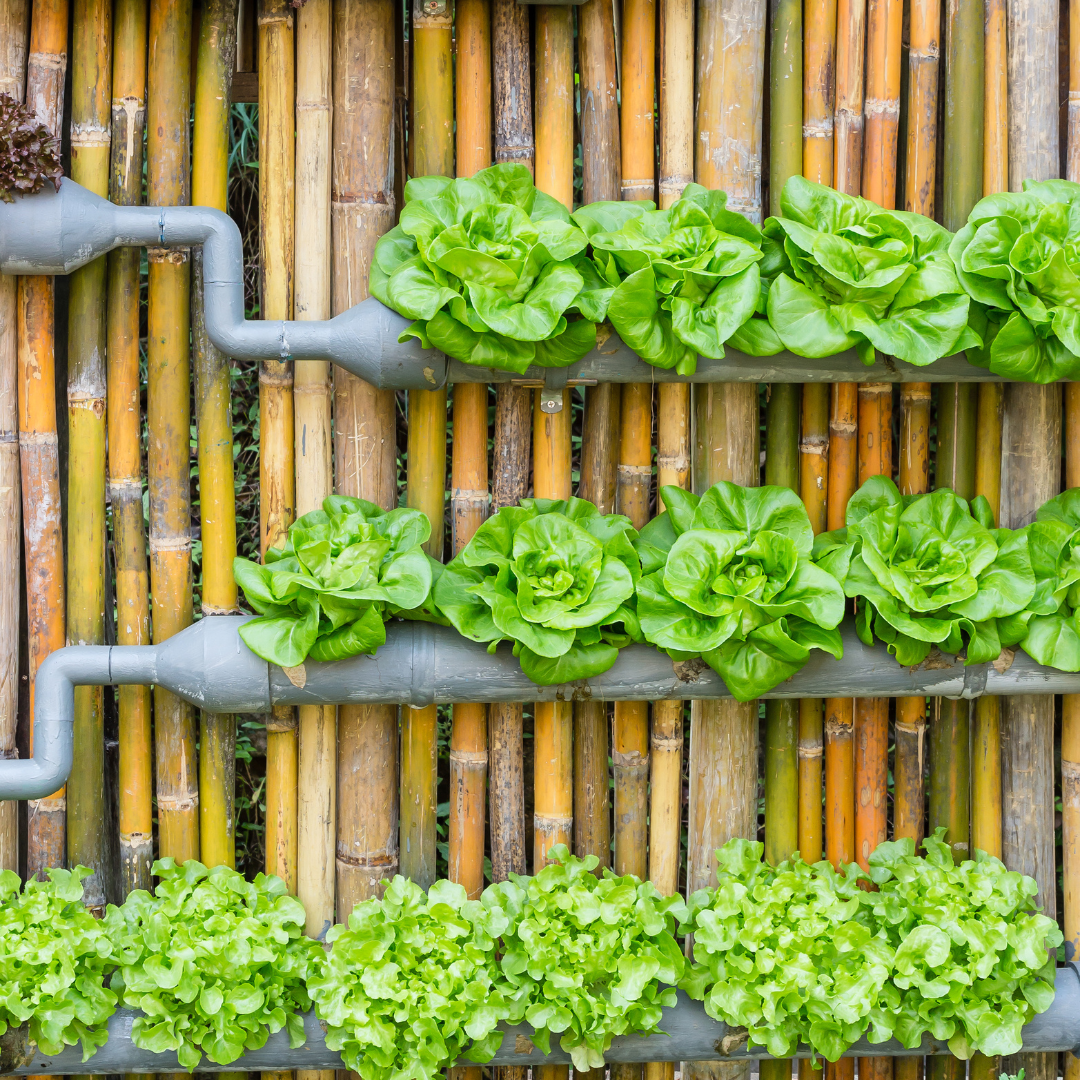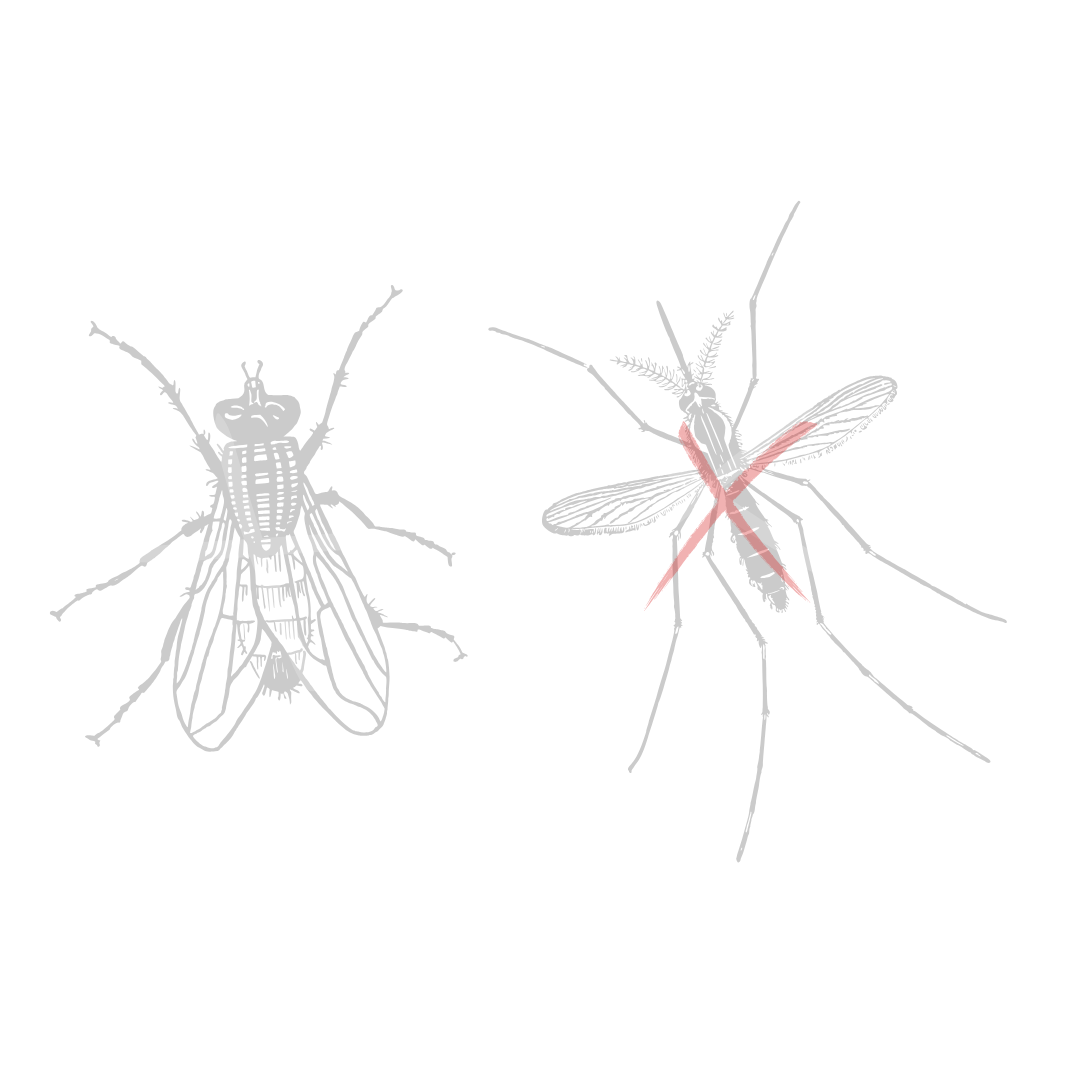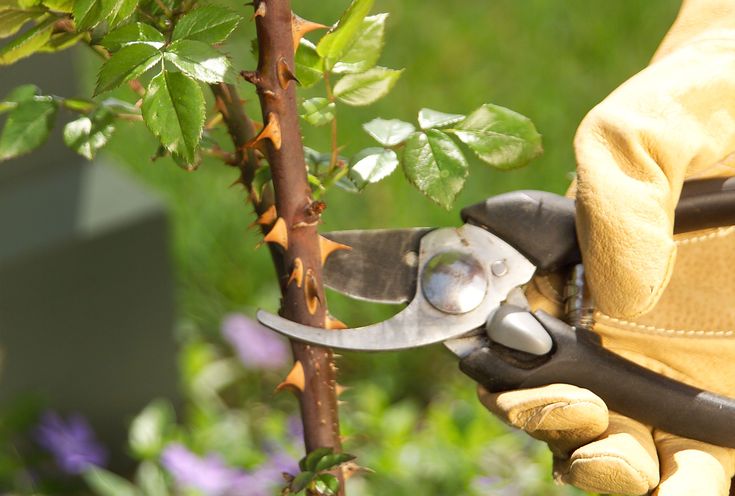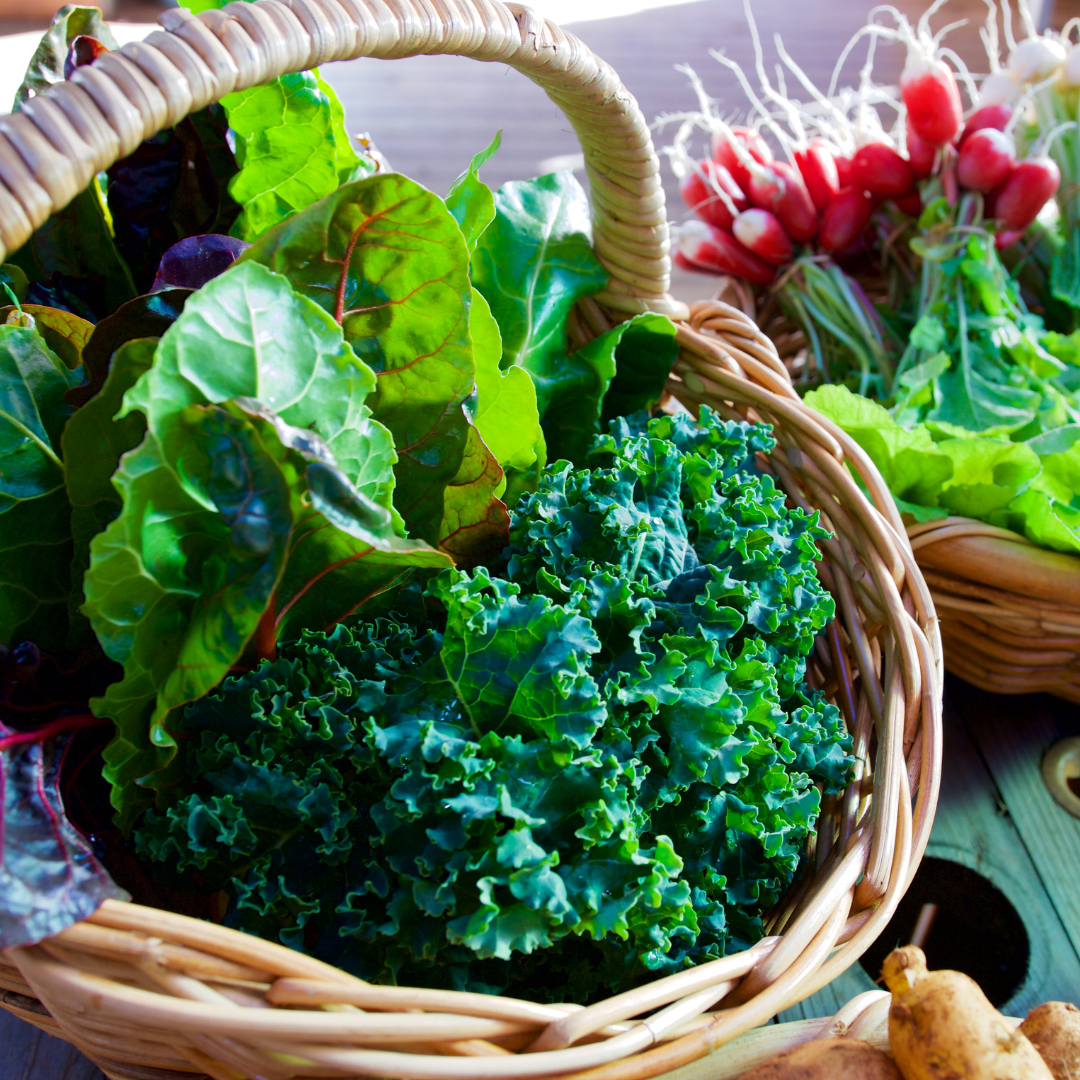Why Choose Indoor Vertical Gardening?
Indoor vertical gardening maximizes limited space efficiently, which is ideal for urban dwellers. It enhances indoor aesthetics and air quality, creating green walls that refresh any room.

Year-round gardening offers fresh herbs, and vegetables, Harness vertical space to bring nature indoors, promoting well-being.
Selecting the Right Plants
Choose herbs like basil, mint, and thyme for their low-maintenance and culinary uses. These herbs thrive indoors with minimal care and add flavor to dishes.
➡️Here is how to choose the right plants!
Opt for vegetables such as cherry tomatoes, lettuce, and peppers, which are compact and suitable for vertical gardens.
Select plants that match your light conditions and space availability to ensure successful growth in indoor environments
Building Your Vertical Garden
Choose the Right Structure
Select shelves, trellises, or pocket planters based on space and plant types. Customize for climbing plants with adequate support and drainage.
top 5 best vertical planters!
Ensure easy access for maintenance tasks like watering and pruning. Choose sturdy structures that complement the indoor decor.
DIY Vertical Garden Ideas
Repurpose materials like pallets, shoe organizers, or PVC pipes for unique plant displays. Attach pots to pallets for a rustic feel.

Use shoe organizers for small spaces. PVC pipes create a modern look.
DIY projects personalize your garden while promoting sustainability and creativity.
Soil and Watering Tips
Use Quality Soil
High-quality potting mix with good drainage supports healthy root development. Mix in compost for added nutrients and soil structure.

Top 4 best soil for your vertical garden!
Perlite or vermiculite improves aeration and drainage. Avoid garden soil for indoor plants to prevent compaction and waterlogging.
Efficient Watering Techniques
Use drip irrigation or self-watering planters to maintain consistent moisture levels. Check soil moisture regularly and water when dry.

Ensure good drainage to prevent root rot. Avoid over-watering, a common issue in vertical gardens.
Light and Temperature Requirements
Maximize Natural Light
Place near south-facing windows for optimal light exposure.
Supplement with LED grow lights for plants with higher light needs. Position lights at the right distance to avoid heat damage. Maintain stable temperatures between 65-75°F (18-24°C) for plant health.
Pest Control in Vertical Gardens
Preventing Pests
Inspect plants regularly for pests and remove debris. Use natural repellents like neem oil or introduce beneficial insects. Maintain good garden hygiene to prevent pest infestations.

Dealing with Infestations
Isolate affected plants and treat them with organic pesticides if necessary. Follow instructions carefully to avoid harming plants or the indoor environment.
Harvesting and Maintenance Tips
Regular Pruning
Prune to maintain plant health and appearance. Remove dead or yellowing leaves.

Prune back leggy growth to promote bushier plants—deadhead flowers for continuous blooming.
Harvesting Tips
Harvest herbs and vegetables when ripe. Use sharp scissors for clean cuts. Regular harvesting encourages new growth and prevents overcrowding.

Indoor vertical gardening is a rewarding way to enhance your living space with greenery. With proper plant selection, structure, and care, you can create a thriving vertical garden indoors that delights and refreshes your home year-round.
conclusion
Indoor vertical gardening offers a practical and aesthetic solution for maximizing space and bringing nature into urban homes.
You can create a flourishing green oasis indoors by selecting the right plants, structures, and care techniques.
Whether you’re growing herbs, or vegetables, the benefits of indoor vertical gardening extend beyond aesthetics to include improved air quality and year-round access to fresh produce.
